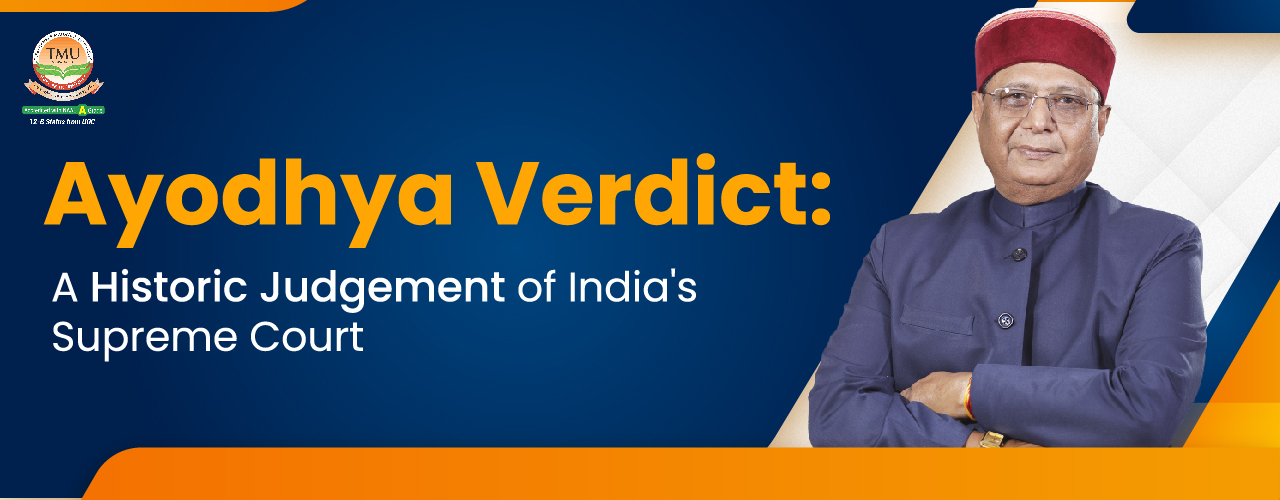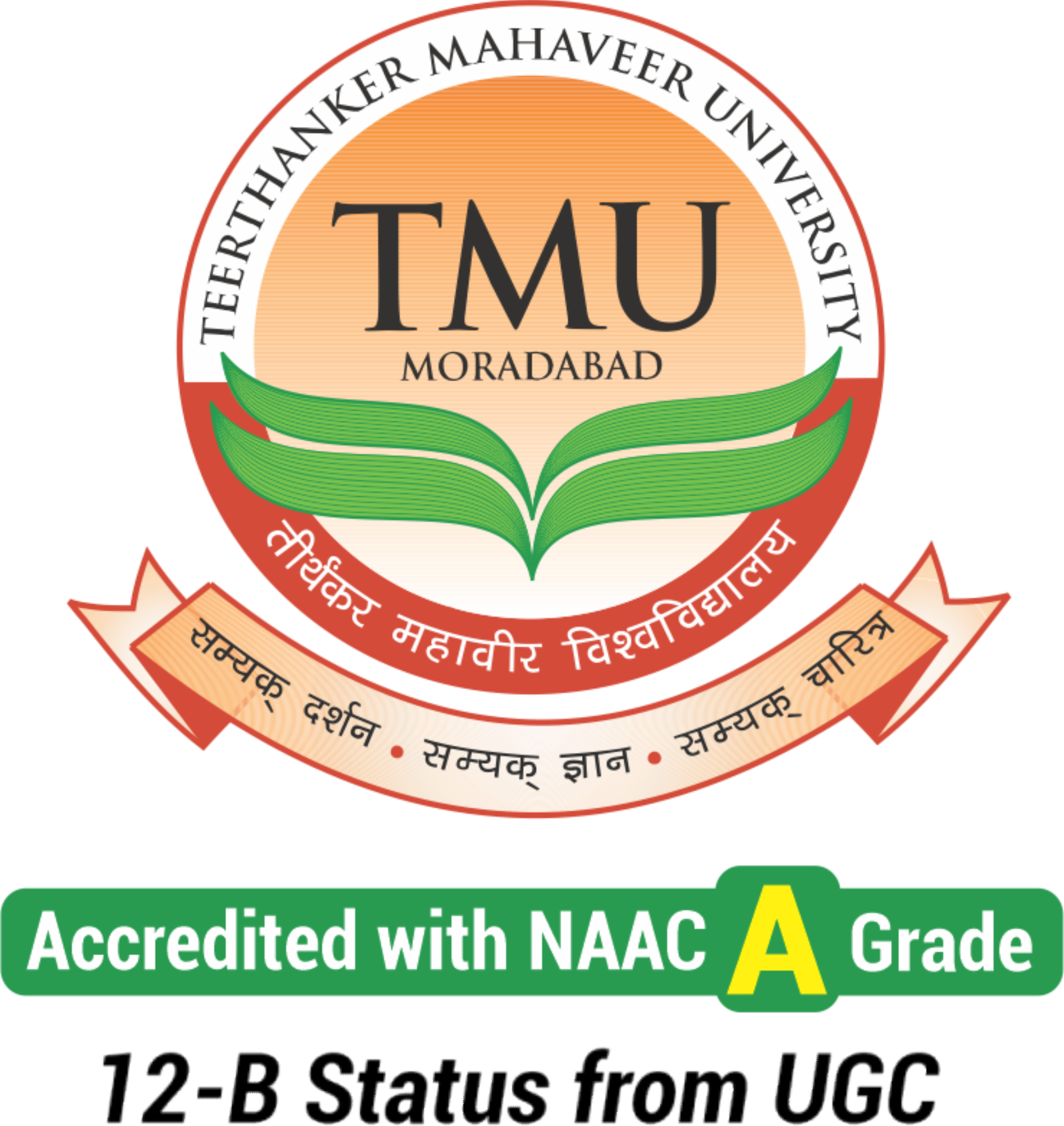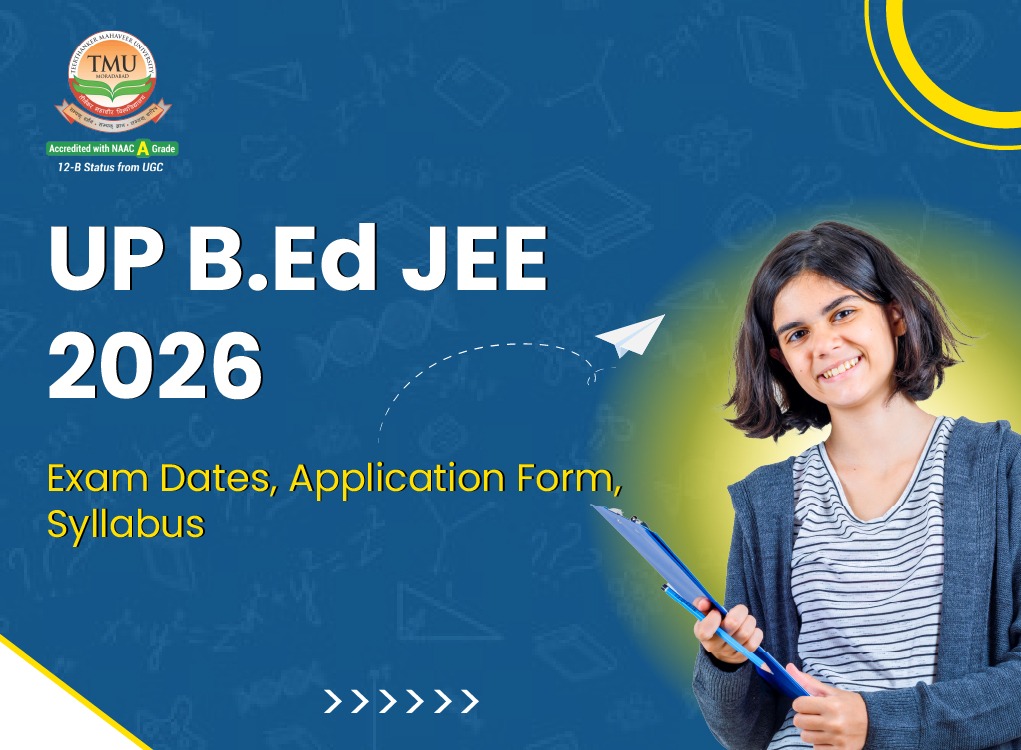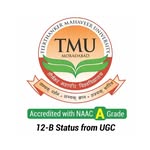Ayodhya Verdict: The Supreme Court's Landmark Moment of Judicial Maturity
Table of Contents
A 160-Year-Old Dispute Finally Finds Closure
The Supreme Court's historic verdict in the Ayodhya land dispute is one of the most defining judgments in the global judicial landscape. It not only resolved a contentious issue dating back to 1858, but also offered a blueprint for resolving religious and historical conflicts through constitutional principles and judicial impartiality.
Teerthanker Mahaveer University
Apply for Admission
Click Here To Apply for Admission
How the Court Maintained Balance Between Faith and Evidence
The uniqueness of this judgment lies in how the apex court did not base its decision solely on religious belief, but rather on a comprehensive and objective analysis of archaeological and documentary evidence.
- The court denied legal personhood to the "Ram Lalla Virajman" on mere faith alone.
- However, it did acknowledge the site as the birthplace of Lord Ram, based on consistent historical and archaeological evidence.
- The ASI excavation revealed the remains of a pre-existing temple structure, validating Hindu claims without sufficient proof of deliberate demolition for the mosque.
Scientific Reasoning Over Sentiment
While the court admitted that namaz had been offered regularly until recent times, it also observed the unbroken belief among Hindus that the site was sacred. It ruled that the Sunni Waqf Board failed to establish exclusive possession, but still ordered the government to allot 5 acres of land for a new mosque elsewhere in Ayodhya.
This compromise recognized both historical grievances and modern religious coexistence, reinforcing the court’s role as the guardian of constitutional faith and public trust.
Faith, Law, and Public Confidence
Religious disputes are among the hardest challenges for a democracy. Courts cannot defend themselves in public debates, so even a minor slip can rupture public confidence.
By choosing evidence-based reasoning, the Supreme Court reasserted that its legitimacy comes not from public opinion, but from transparency, logic, and justice.
Precedents and Global Comparisons
The judgment contrasts sharply with historic judicial missteps like the 1858 Dred Scott case in the United States, where African-Americans were denied citizenship—fueling civil unrest and decades of social turmoil.
In contrast, the Ayodhya ruling:
- Delivered clarity without bias
- Respected the sentiments of both communities
- Based its findings on material evidence
- Offered a just resolution for all parties involved
Courts as the Custodians of Public Trust
Just as religious sites are centres of devotion, courts are centres of constitutional faith. The Supreme Court has lived up to this role by handling one of India’s most emotionally charged issues with dignity, wisdom, and neutrality.
Its message is clear: the judiciary belongs to everyone—and truth, not belief alone, is the foundation of justice.
The Way Forward: Society Must Uphold the Legacy
While the Supreme Court has done its part, it is now up to society to:
- Promote peaceful coexistence
- Avoid rekindling sectarian tensions
- Preserve the spirit of constitutionalism
This verdict is not just about land; it is about India's capacity for reconciliation, respect for law, and faith in judicial integrity.















